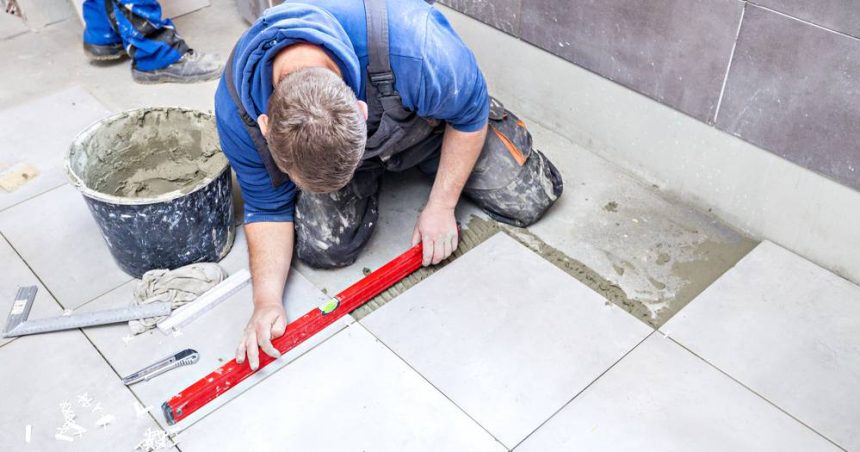‘Shrinkflation’ has homeowners and builders scaling back their kitchen and bathroom renovation ambitions, according to the Housing Industry Association.
The organisation’s latest report revealed that the renovation blitz brought on by pandemic lockdowns is well and truly over, as cost of living pressures and soaring construction prices hit Aussie wallets hard.
Bathroom and kitchen renos in particular, are feeling the pinch. The report found that the average new home built in 2023 reportedly only has two bathrooms, down from 2.6 the previous year, and fewer high-end appliances and “premium fittings” in kitchens that were commonplace during 2021-2022.
Talking with Perth’s 6PR radio show on Monday, HIA Senior Economist Tom Devitt said Australians had to manage with less in the face of elevated costs.
“It’s all part of the cost of living crisis that’s been building up over the last few years,” he told listeners.
“It’s not just the building materials and labour costs as well, it’s the broader cost of living factors like fuel and food and electricity and insurance that have all really combined to put the clamps on the average household budget.”
Nationally, kitchen installations in new homes fell by 16.6 per cent to 173,200 and bathrooms by 35.4 per cent to 350,100 in 2022/23.
Despite the significant drop in activity, values for the average kitchen and bathroom surprisingly remained relatively the same, with kitchens only dropping 0.8 per cent to $35,800 and bathrooms actually rising by 5 per cent to $23,130.
HIA Chief Economist Tim Reardon said the findings show renovators are simply getting less for their money post-pandemic as rising material prices and labour costs pile on top of project estimations.
“During the pandemic, the cost of a new kitchen or bathroom rose as households sought larger living and work-from-home spaces. The cost of a new kitchen and bathroom is continuing to rise, but this time it is due to higher construction costs,” said Mr Reardon in a statement.
“Renovation jobs have also been constrained, with a large majority of bathroom jobs involving the same or even smaller footprint. More than half of these jobs last year involved expanding bathroom spaces.”
Renovation costs expected to ease
But it’s not all bad news. The report predicts the cost of construction will stabilise in the coming months as global supply chains are restored and labour shortages ease across the country.
The pipeline of home renovation projects also showed no sign of drying up in the future, with Australians still spending a combined $28.7 billion more on home improvements last year than they did in 2019.
“Overall, the renovations market is cooling from the record peak of recent years but remains strong due to the low level of unemployment, house price growth and limited quality housing stock available to purchase,” said Mr Reardon.
“There is strong pent-up demand for housing amid record high population growth and a strong renovations segment. This bodes well for a solid volume of home renovations activity in the years ahead, albeit below the level observed in recent years.”







